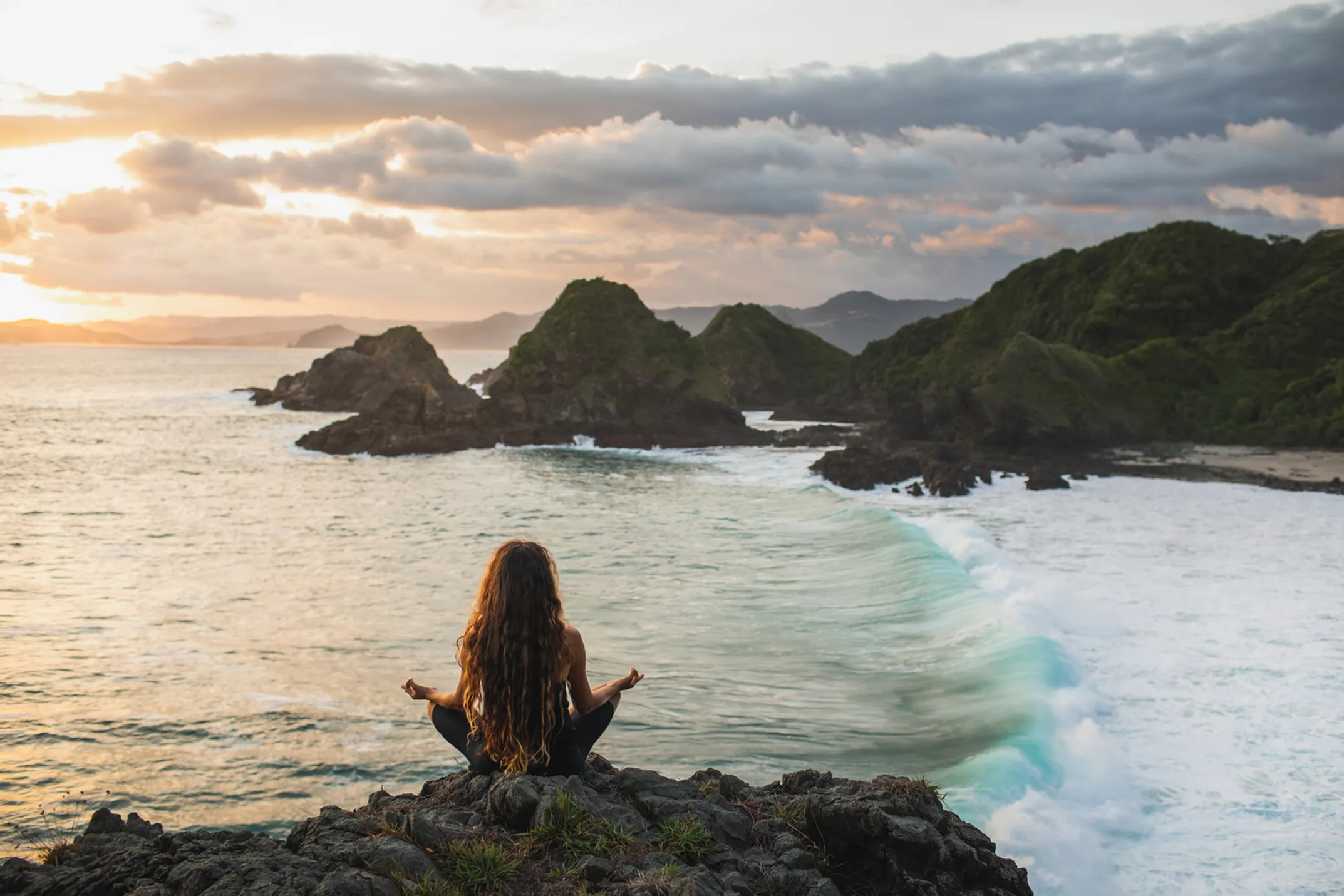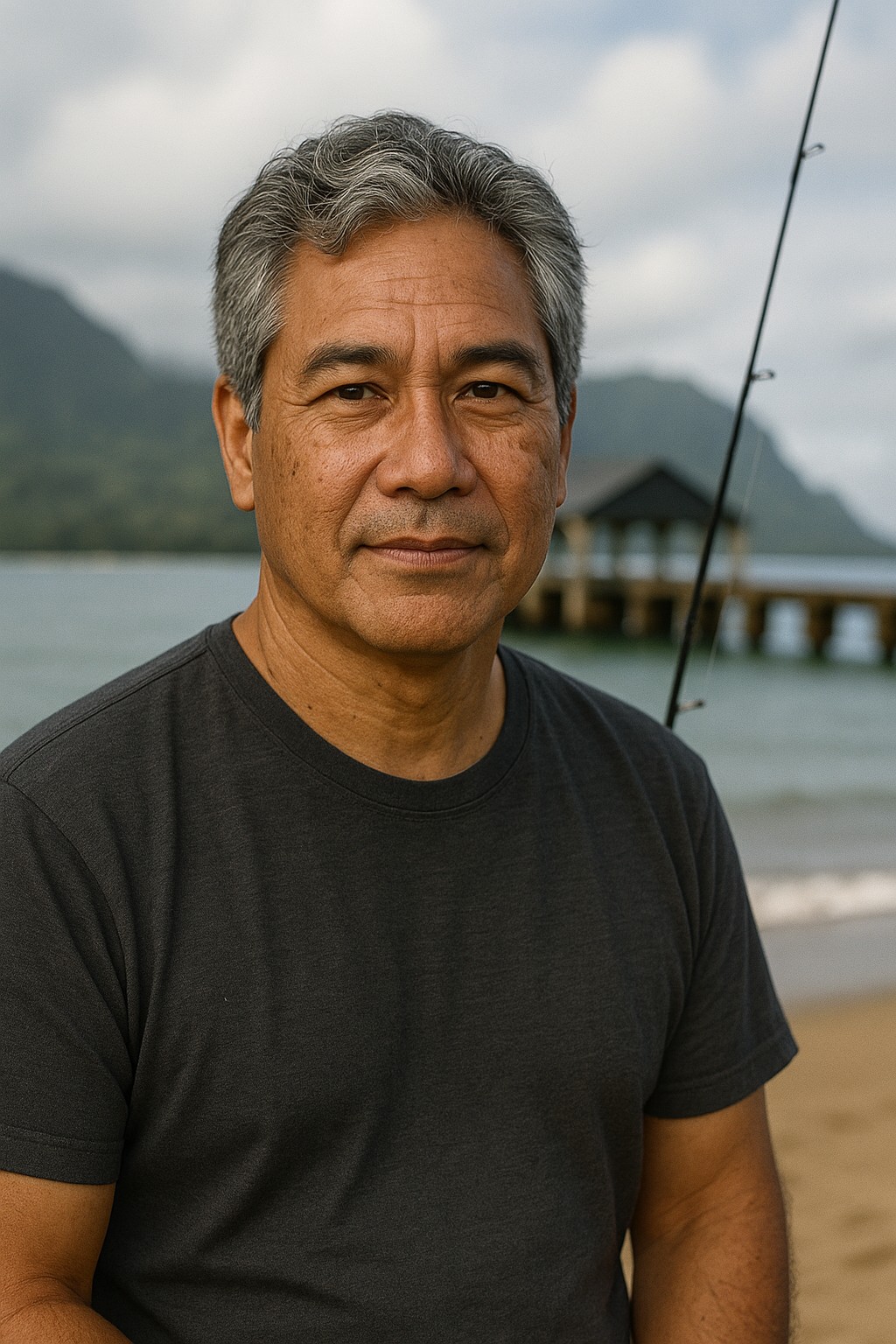
“Brew Your Best Cup”- Coffee Brewing Workshop
Heavenly Hawaiian Coffee Farm • Farm • Holualoa, Island of Hawaii • Hawaii

Essential Practical Tips for Your Hawaiian Adventure

Written by a Local Expert
Kalani MillerPacking for the Big Island means preparing for a variety of climates and activities. From the tropical warmth of Kona beaches to the near-freezing conditions at Mauna Kea's summit, you'll need to be ready for anything. The key is smart layering and versatile gear that can adapt to the island's diverse microclimates.
The diversity of microclimates on the Big Island cannot be overstated. It's entirely possible to experience hot, sunny beach weather, cool misty rainforest conditions, and even near-freezing temperatures at high altitudes all within a short period or drive. Packing layers allows for quick adaptation to these changing environments.
If planning a trip to Mauna Kea summit, pack serious cold-weather gear as temperatures are often below freezing:
Pro Tip: "Slippahs" (flip-flops) are essential for beaches and casual wear, but always have closed-toe shoes for hiking and uneven terrain.
Proper preparation ensures you're ready for any adventure the Big Island throws your way.
Back to Big Island Guide75-85°F, sunny & warm
65-75°F, cool & breezy
30-60°F, cold & windy
65-80°F, humid & rainy
Island introduction & basics
Adventure ActivitiesATVs, ziplines, helicopters & more
Cultural ExperiencesLuaus, coffee tours, sacred sites
Hidden GemsLocal secrets & off-the-beaten-path
Sample Itineraries3, 5, and 7-day adventures
Inter-Island AdventuresOahu day trips & experiences
The demand for certain unique Big Island experiences, such as the Mauna Kea summit tours or manta ray night encounters, often outstrips supply, particularly during popular travel periods. Securing these bookings well in advance is not just wise but often necessary to avoid disappointment.
Winter holidays (December-January), summer months (June-August), and spring break (March-April) see the highest demand. Book popular tours 2-3 months in advance during these periods.
Booking directly with tour operators can sometimes offer the best prices or more flexibility. However, reputable third-party sites provide convenience and package deals.
For activities with multiple providers, research and compare based on reviews, price, and unique offerings.
While booking key activities is wise, leave some room in your itinerary for spontaneous adventures or simply relaxing and soaking in the island's beauty. Weather conditions can also affect tour availability.
Consider taking the Island of Hawaiʻi Pono Pledge or the statewide Travel Pono pledge as a commitment to responsible travel. By actively choosing to protect natural resources, honor cultural practices, and support local businesses, your visit contributes positively to the sustainability of this cherished destination.
Your Big Island Adventure Awaits: The Island of Hawaiʻi is a realm of unmatched diversity, where adventure is etched into every lava flow, whispered in every rainforest breeze, and dances in the eyes of every manta ray. With proper planning, respect for the land and culture, and an open heart, your journey will be transformative and unforgettable. A hui hou (until we meet again)!

Heavenly Hawaiian Coffee Farm • Farm • Holualoa, Island of Hawaii • Hawaii

